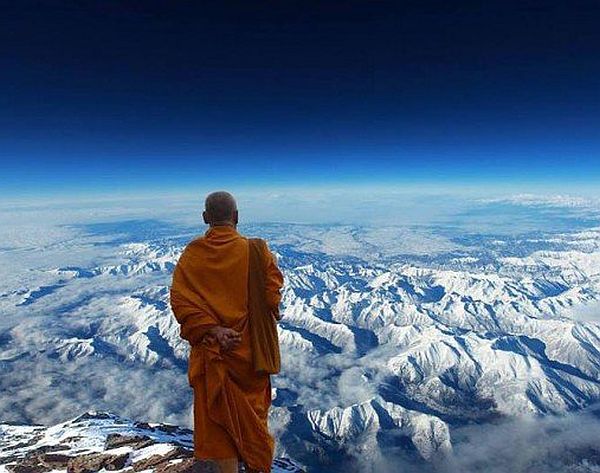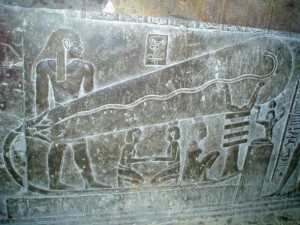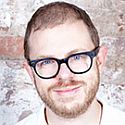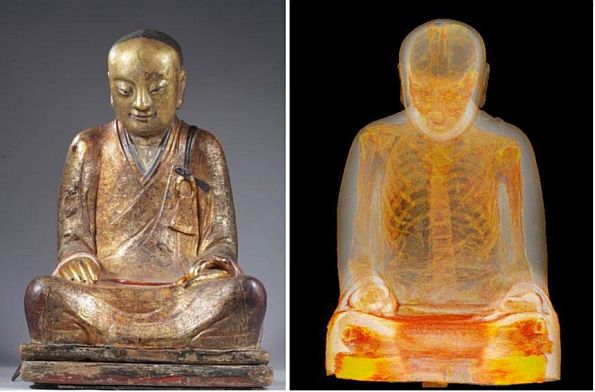Arjun Walia – It’s fascinating to consider just how many ancient teachings tell us that humans have the capacity to gain extraordinary powers through various techniques. Some of these techniques, known as siddhis in the yoga tradition (from the Sanskrit, meaning “perfection”), include meditation, static dancing, drumming, praying, fasting, psychedelics, and more.
 In Buddhism, for example, the existence of advanced powers is readily acknowledged; in fact, Buddha expected his disciples to be able to attain these abilities, but also to not become distracted by them.
In Buddhism, for example, the existence of advanced powers is readily acknowledged; in fact, Buddha expected his disciples to be able to attain these abilities, but also to not become distracted by them.
A Professor of Buddhist and Tibetan Studies at the University of Michigan, Donald Lopez Jr., describes the many abilities ascribed to Buddha:
With this enlightenment, he was believed to possess all manner of supernormal powers, including full knowledge of each of his own past lives and those of other beings, the ability to know others’ thoughts, the ability to create doubles of himself, the ability to rise into the air and simultaneously shoot fire and water from his body. . . . Although he passed into nirvana at the age of eighty-one, he could have lived “for an aeon or until the end of the aeon” if only he had been asked to do so. (source)
Again, there are numerous historical anecdotes of people with, as the Institute of Noetic Sciences calls them, ‘extended human capacities.” Since this article is focused on Buddhist monks, here is another example from the lore as written by Swami Rama in Living with the Himalayan Masters:
I had never before seen a man who could sit still without blinking his eyelids for eight to ten hours, but this adept was very unusual. He levitated two and a half feet during his meditations. We measured this with a string, which was later measured by a foot rule. I would like to make it clear, though, as I have already told you, that I don’t consider levitation to be a spiritual practice. It is an advanced practice of pranayama with application of bandeaus (locks). One who knows about the relationship between mass and weight understands that it is possible to levitate, but only after long practice. . . Continue reading →
 Dakota Flynn – In the relentless pace of contemporary life, where technology and modern pressures often isolate us, the profound wisdom of ancient teachings can easily be overlooked. Yet, these age-old philosophies, cultivated through millennia of human experience, offer essential truths that remain relevant in addressing the complexities and challenges of today’s society.
Dakota Flynn – In the relentless pace of contemporary life, where technology and modern pressures often isolate us, the profound wisdom of ancient teachings can easily be overlooked. Yet, these age-old philosophies, cultivated through millennia of human experience, offer essential truths that remain relevant in addressing the complexities and challenges of today’s society.
 Lodro Rinzler is an author and renowned meditation teacher who has led trainings at Google, Harvard, and the White House. His many books include The Buddha Walks into a Bar and How to Love Yourself.
Lodro Rinzler is an author and renowned meditation teacher who has led trainings at Google, Harvard, and the White House. His many books include The Buddha Walks into a Bar and How to Love Yourself. In Buddhism, for example, the existence of advanced powers is readily acknowledged; in fact, Buddha expected his disciples to be able to attain these abilities, but also to not become distracted by them.
In Buddhism, for example, the existence of advanced powers is readily acknowledged; in fact, Buddha expected his disciples to be able to attain these abilities, but also to not become distracted by them.